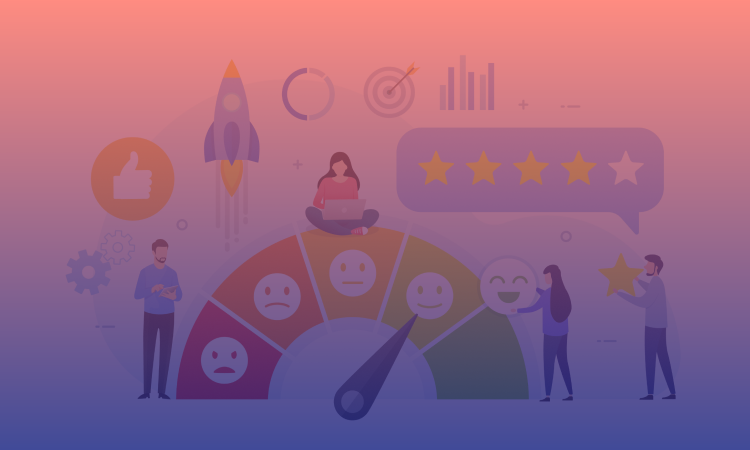We’ve all heard over and over again how customer experience is crucial for business success. However, ensuring that customers are satisfied and will keep coming back for more is no small feat. While businesses can use multiple tools and technologies to their advantage to ensure that the customer is satisfied at every stage of the journey, from the first time they interact with the brand (irrespective of the channel) to post-purchase interactions, they have to keep adapting to meet ever-evolving customer expectations.
It goes without saying that AI is at the center of everything. Brands are now heavily relying on AI for quicker and more efficient solutions. But how does that translate to improved customer experiences? Read on for more on that and the CX trends in 2025:
- Voice and Conversational AI: Many customers actually prefer chatbots as they help resolve queries more quickly and efficiently and have little to no wait times. However, customers are increasingly expecting their interactions with AI to be less robotic and more engaging and human-like. Customers are happier when they feel heard, demonstrating an increased need for voice and conversational AI. Several customers consider this to be a more convenient and natural way to interact. Instead of typing out the issue or reading through a list and selecting the most suitable one, they would rather just speak to an agent and explain what the problem is. This is made possible through advancements in conversational AI, which is now capable of understanding language and natural responses and providing personalized responses.
- Hyper-personalization: While 2024 saw a rise in personalization, think of brand interactions using our first name and providing personalized suggestions, we are now being ushered into an age of hyper-personalization. Businesses are using AI and predictive analytics to better understand human interactions, preferences, and purchasing behaviours. This helps them provide customers with more tailored recommendations and messages.
For instance, brands can use purchase history and behaviour patterns for cross-selling opportunities. If my friend and I are both shopping for an umbrella online, the ‘You may also like…’ section will provide different recommendations based on our preferences and past shopping behavior.
- Omnichannel Experience: According to a 2017 article published by Harvard Business Review, 73% customers used multiple channels during their shopping journey. It is not uncommon for customers to use multiple channels for brand interactions. I may see an H&M Sale ad on Insta, remember this later and browse through the app, and ultimately decide that I would prefer shopping in-store. When I’m at the check-out counter, they only have to ask for my membership number to access all the relevant information, including my name and number and any redeemable points. It’s all pretty seamless now. This is just one example of how customers expect a consistent and cohesive brand experience, irrespective of the channel.
- Customer Engagement: Businesses are using AI to convert large amounts of data into insights for a deeper understanding of customer expectations. Using customer data and feedback helps businesses determine the next best offer for future purchases or product recommendations. For instance, if I bought a bunch of Christmas presents from a particular app at the start of December for two years in a row, they can send me targeted offers and product recommendations at the start of the season, tipping the scale in their favor and making it even more likely that I would use the app again this year. Successfully engaging with customers and keeping them coming back for more helps improve customer loyalty.
- Human Touch: While most customers do not mind chatbots for resolving issues, this can quickly flip when chatbots are not equipped to handle more complex issues or do not provide a satisfactory response. Some businesses still do not give customers the option of switching to a human agent should they wish to, and speaking from personal experience, it is frustrating to be forced to choose something from the same old preset menu of potential issues, where more often than not, the concern is nowhere listed. According to Step Hyken’s annual customer service and CX research study, a striking 86% respondents expressed a desire to have the option to speak with a human agent in 2025, highlighting the need for human interaction.

